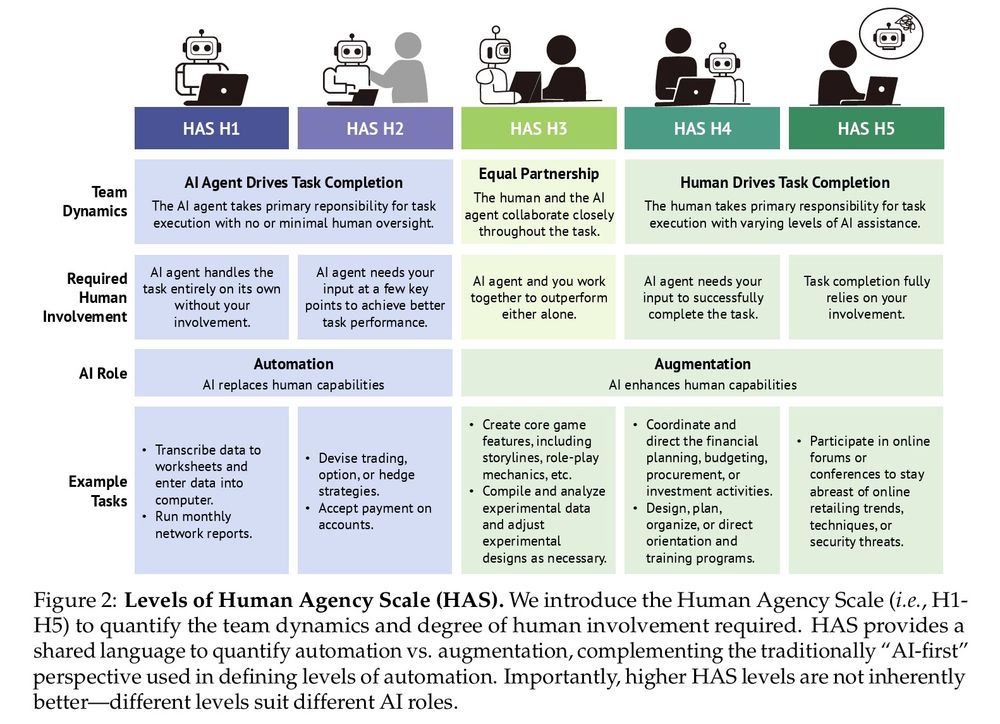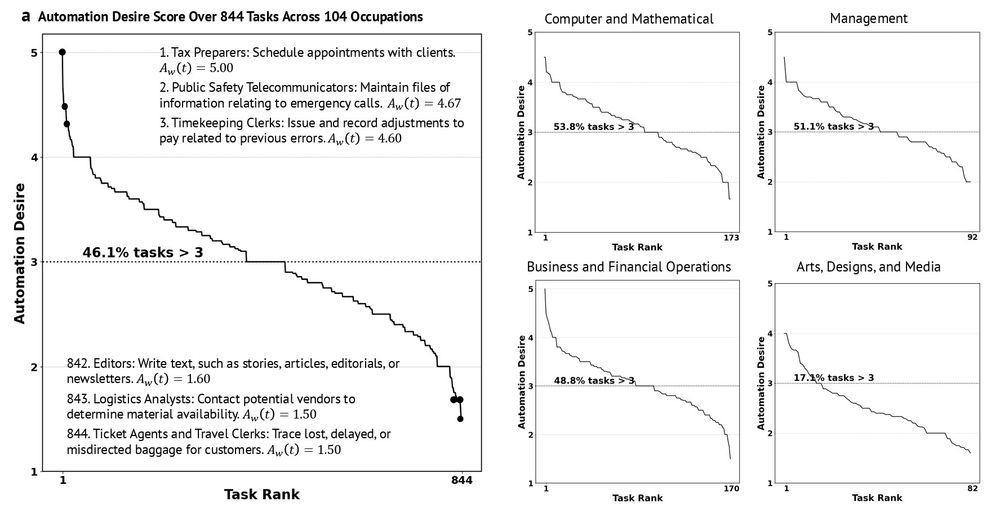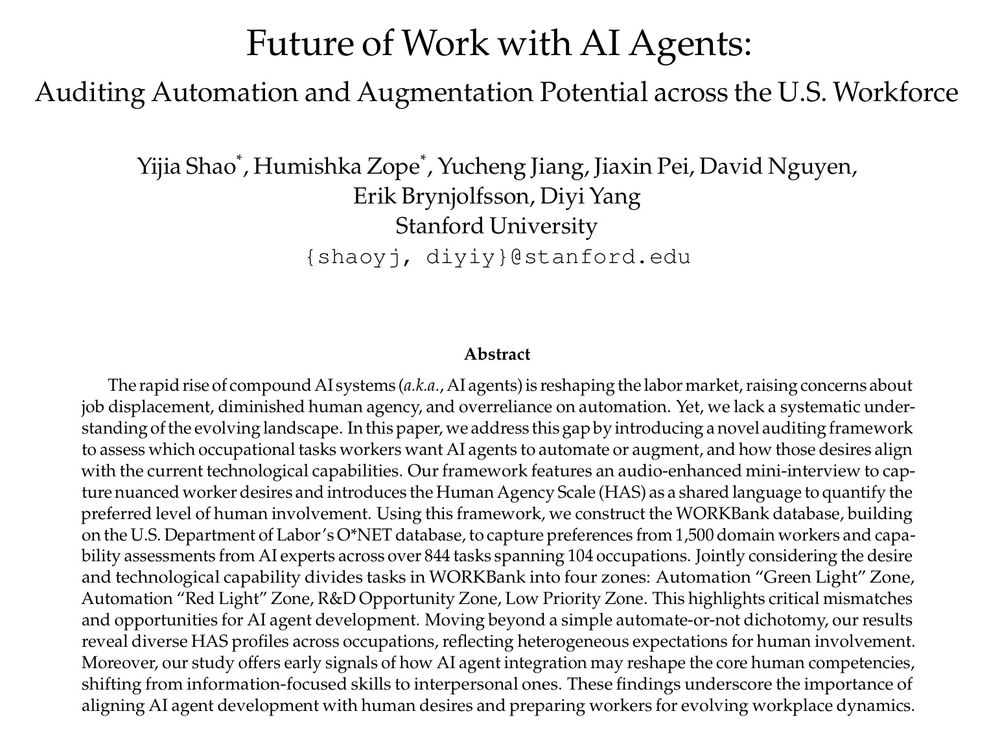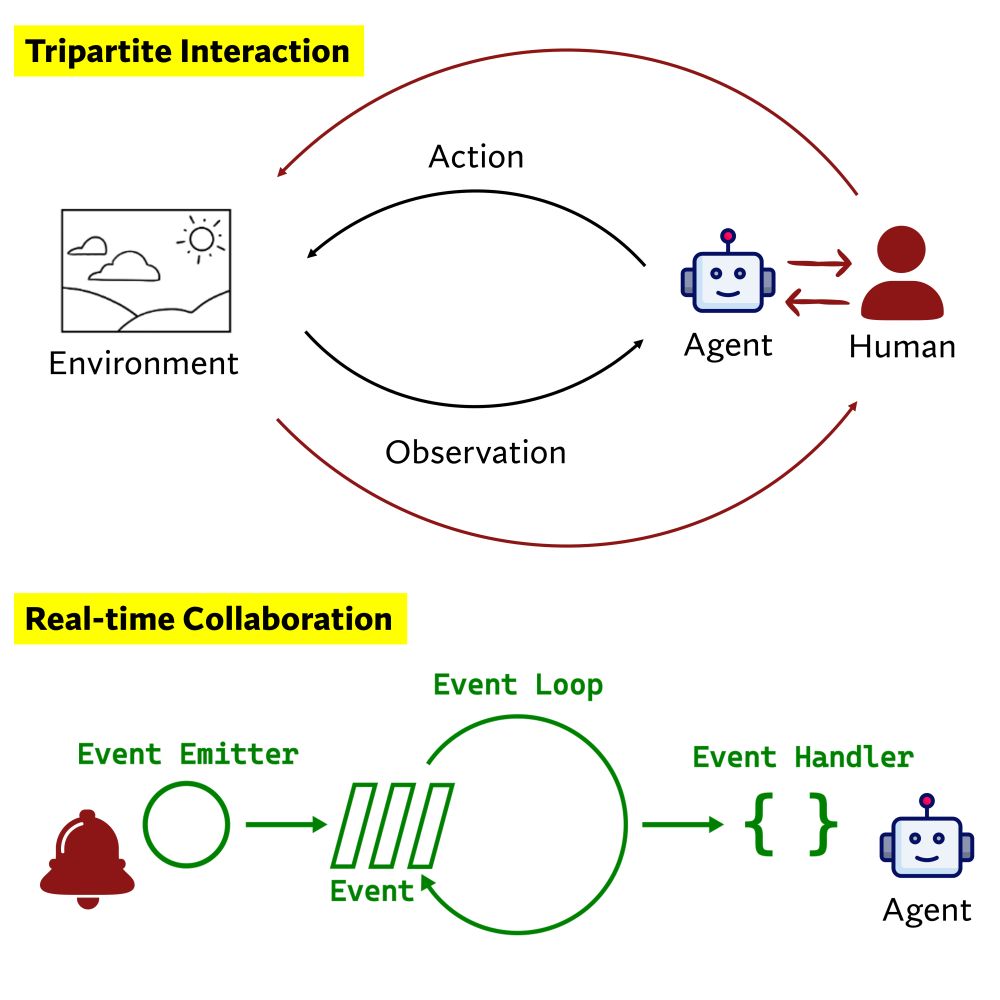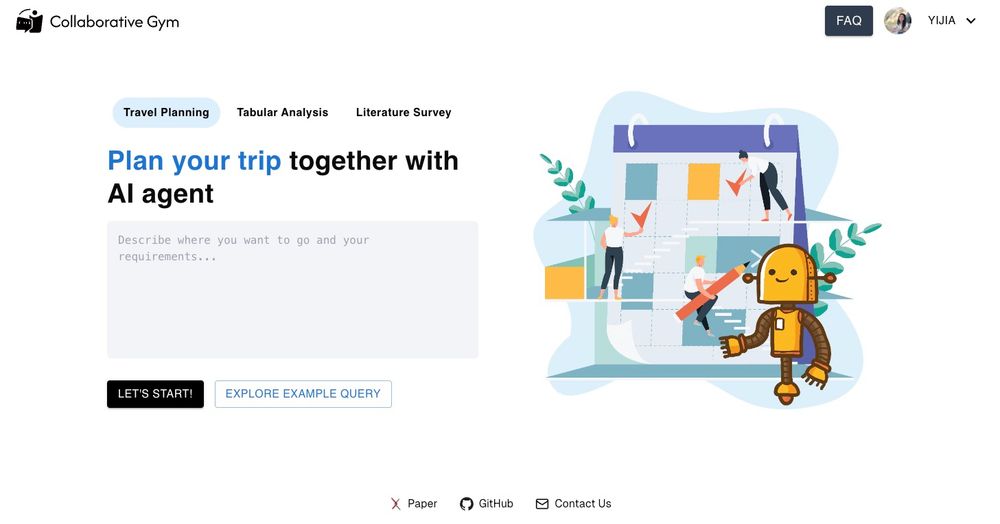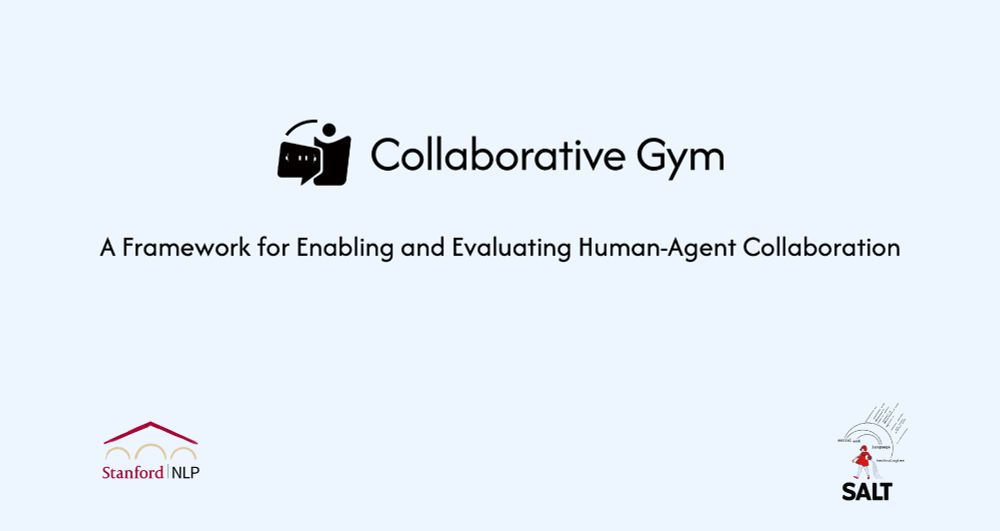Yijia Shao
@echoshao8899.bsky.social
160 followers
56 following
44 posts
CS PhD student @StanfordNLP
https://cs.stanford.edu/~shaoyj/
Posts
Media
Videos
Starter Packs
Yijia Shao
@echoshao8899.bsky.social
· Jun 12
Yijia Shao
@echoshao8899.bsky.social
· Jun 12
Yijia Shao
@echoshao8899.bsky.social
· Jun 12
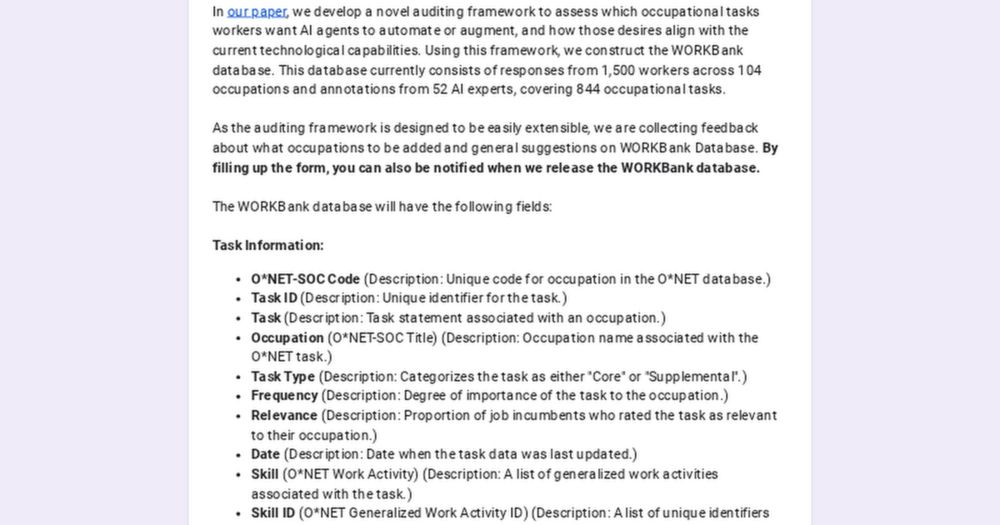
WORKBank Database: Feedback & Interest Form
In our paper, we develop a novel auditing framework to assess which occupational tasks workers want AI agents to automate or augment, and how those desires align with the current technological capabil...
forms.gle
Reposted by Yijia Shao
Yijia Shao
@echoshao8899.bsky.social
· Feb 12
Yijia Shao
@echoshao8899.bsky.social
· Feb 12
Yijia Shao
@echoshao8899.bsky.social
· Feb 12

GitHub - SALT-NLP/collaborative-gym: Framework and toolkits for building and evaluating collaborative agents that can work together with humans.
Framework and toolkits for building and evaluating collaborative agents that can work together with humans. - SALT-NLP/collaborative-gym
github.com
Yijia Shao
@echoshao8899.bsky.social
· Feb 12
Yijia Shao
@echoshao8899.bsky.social
· Feb 12

GitHub - SALT-NLP/collaborative-gym: Framework and toolkits for building and evaluating collaborative agents that can work together with humans.
Framework and toolkits for building and evaluating collaborative agents that can work together with humans. - SALT-NLP/collaborative-gym
github.com
Reposted by Yijia Shao




